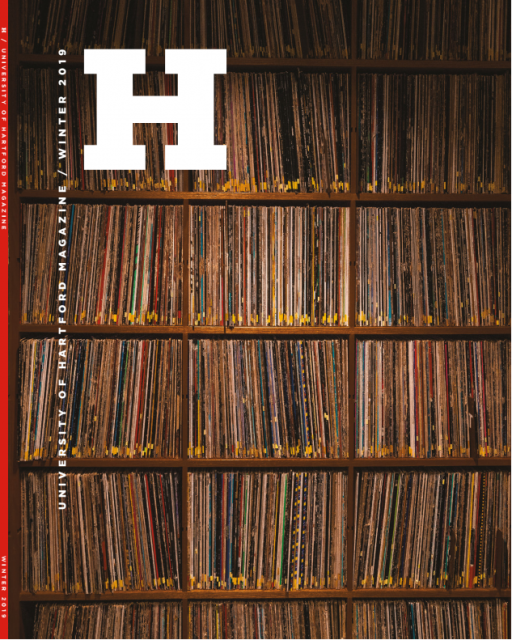Search
When the University of Hartford was incorporated just over 50 years ago by business and community leaders, they envisioned a center of education and culture for Greater Hartford. Read more...
Persons with disabilities who wish to access the WWUH Public File may contact John Ramsey at: ramsey@hartford.edu
Sunday Afternoon at the Opera - Beethoven: Christus am Ă–lberge; Martin: Golgotha; Lobo: Missa Prudentes Virgines
Sunday Afternoon at the Opera host Keith Brown writes:
We all think of Ludwig van Beethoven as a symphonist, but in addition to his one-and-only opera Fidelio, he wrote one sacred oratorio, Christus am Ölberge ("Christ on the Mount of Olives," 1803), composed immediately before the monumental "Eroica" symphony number three. Beethoven concerned himself only with that brief portion of the Passion narrative that takes place in the Garden of Gethsemane after the Last Supper. There Jesus endured emotional suffering, restrained his disciple Peter from an act of violence, and peacefully submitted to arrest. Franz Huber's libretto ends with Jesus now wholly committed to complete his act of Redemption. The oratorio closes with a hallelujah chorus of angels worthy of Handel. Christus am Ölberge, one of Beethoven's most overlooked masterpieces, received the recorded interpretation it deserves from Kent Nagano and the German Symphony Orchestra of Berlin and Berlin Radio Chorus. Tenor Placido Domingo is heard as Jesus. This German Harmonia Mundi recording of the work won highest praise from reviewer James H. North in the Sept/Oct, 2004 issue of Fanfare magazine. Christus am Ölberge was previously broadcast on this program on Sunday, February 20, 2005.
Swiss composer Frank Martin (1890-1974) was inspired to write his Passion oratorio Golgotha (1949) after viewing an exhibition of copperplate engravings by Rembrandt, which included one particularly arresting one of Christ's Crucifixion. Martin put together his own French language libretto for Golgotha, drawing on the Passion narratives of the Evangelists and the writings of the Church Father, St. Augustine. There is a 1988 Hannsler Classic release of Golgotha that I broadcast on Sunday, April 1, 2001. This is not a frequently recorded piece of music, so I was surprised when the French Harmonia Mundi label came out in 2010 with a new Golgotha, recorded in Talinn, Estonia, the small Baltic state whose people have a long tradition of choral singing. German conductor Daniel Reuss leads the Estonian Philharmonic Chamber Choir, augmented by the Dutch choral group Capella Amsterdam and the Estonian National Symphony Orchestra, with a cast of solo singers hailing from the UK, Norway, Germany, and the Netherlands. Fanfare reviewer Henry Fogel says,"...this new Harmonia Mundi release is the best way to get to know this wonderful score." (Fanfare, July/August, 2010.) This is the recording, last broadcast on Sunday, April 10, 2011, that you listeners can get to know again today.
Time remains for you to also get to know the rapturous, mystical polyphonic choral music of Spanish Catholicism in the age of the painter El Greco. Alonso Lobo de Borja (1555-1617) held the important post of chapel master at Toledo Cathedral and later at Seville. His published books of motets and masses were distributed all over the Spanish empire at the height of its power--even as far away as Lima Cathedral in Peru, and churches in Bogota, Colombia and Mexico City. Printed in the Liber Primus Missarum of 1602 is the Missa Prudentes Virgines for five voices: a "parody" mass, referring to the ten virgins and their lamps in Jesus's parable, with musical elements imitated from Lobo's elder colleague, Francisco Guerrero. The singers of La Grande Chapelle, under the direction of Albert Recassens, made the world premiere recording of two of Lobo's mass settings (Lauda Records, 2013).




